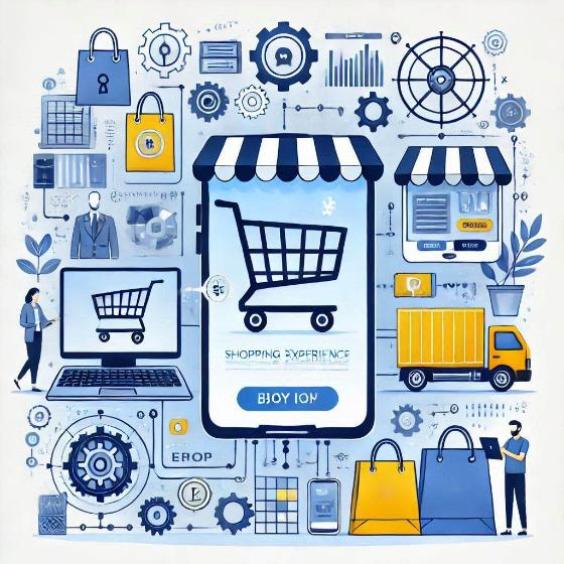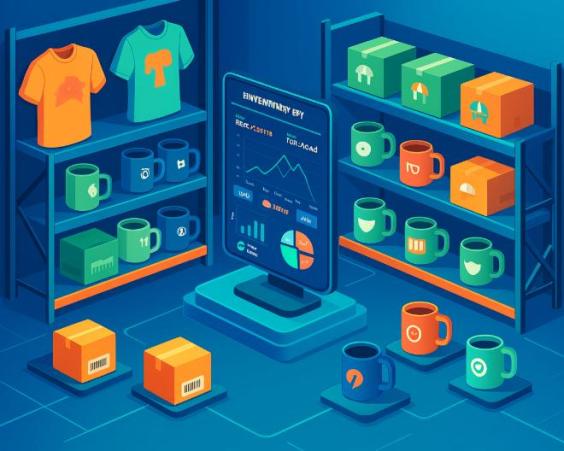How to Unify the Shopping Experience in Physical and Online Stores
In the current digital age, the shopping experience of customers has drastically changed. It is no longer just about visiting a physical store or making an online purchase, but about having a comprehensive and consistent experience across all sales channels. In this article, we will explore how to unify the shopping experience in physical stores and online, and why it is essential for the success of any business in the current market.

The importance of the omnichannel experience
The omnichannel experience refers to the ability to offer a consistent and personalized shopping experience across all sales channels, including physical stores, websites, social networks, and mobile applications. This is essential to meet the expectations of customers, who expect to be able to interact with a brand seamlessly and without interruptions, regardless of the channel they choose.
According to a study by the consulting firm Forrester, 71% of consumers use multiple channels to make a purchase, and 62% of them expect brands to offer a consistent experience across all channels. This means that companies that do not offer an omnichannel experience are at a disadvantage compared to those that do.
Benefits of unifying the shopping experience
Unifying the shopping experience in physical stores and online offers several benefits, including:
- Increased customer satisfaction: By offering a consistent and personalized experience across all channels, companies can increase customer satisfaction and foster loyalty.
- Increased sales: An omnichannel experience can increase sales, as customers can interact with the brand seamlessly and without interruptions.
- Improved efficiency: By unifying the shopping experience, companies can reduce costs and improve efficiency in inventory management, order processing, and customer service.
Strategies for unifying the shopping experience
Here are some strategies that companies can implement to unify the shopping experience in physical stores and online:
1. Create a customer experience ecosystem
Create a customer experience ecosystem that integrates all sales channels and allows customers to interact with the brand seamlessly and without interruptions. This can include creating an e-commerce platform, integrating social networks, and implementing augmented and virtual reality technologies.
2. Use data and analytics technologies
Use data and analytics technologies to collect information about customers and their behaviors, and use that information to personalize the shopping experience across all channels. This can include implementing CRM solutions, creating customer profiles, and using recommendation algorithms.
3. Design personalized shopping experiences
Design personalized shopping experiences that adapt to the needs and preferences of each customer. This can include creating personalized offers, offering product recommendations, and implementing loyalty programs.
4. Implement payment and logistics technologies
Implement payment and logistics technologies that allow customers to make purchases quickly and securely across all channels. This can include implementing online payment solutions, creating shipping options, and implementing order tracking technologies.
Unifying the shopping experience in physical stores and online is essential for the success of any business in the current market. By implementing strategies such as creating a customer experience ecosystem, using data and analytics technologies, designing personalized shopping experiences, and implementing payment and logistics technologies, companies can offer a consistent and personalized experience across all channels, and increase customer satisfaction and sales.





